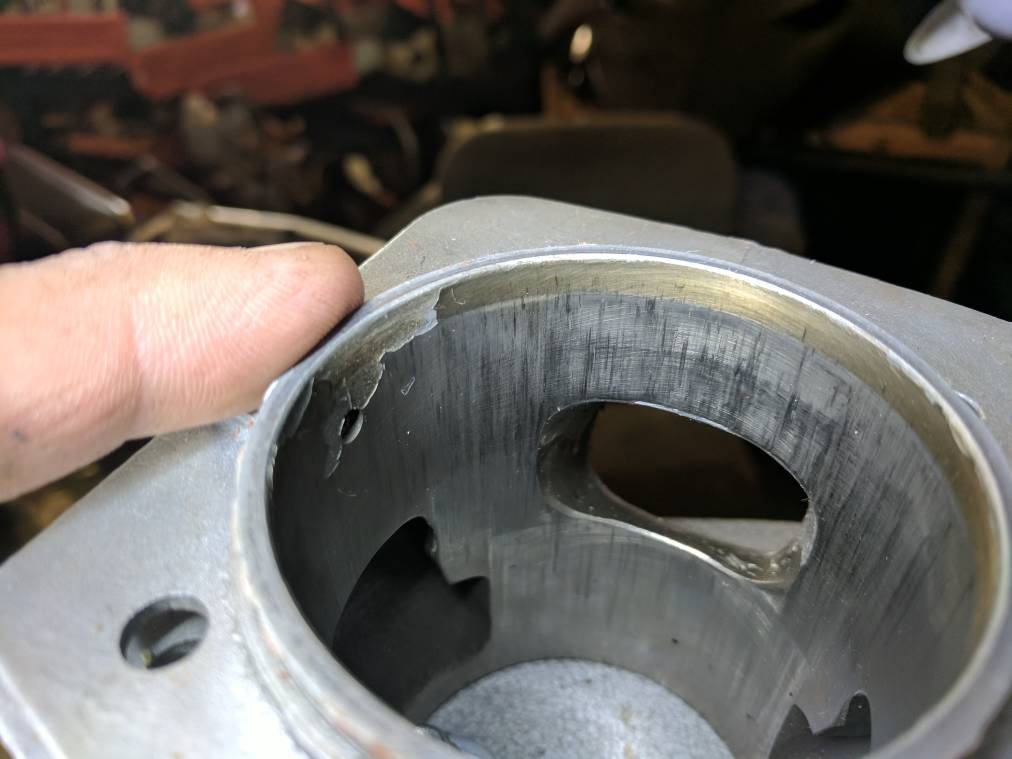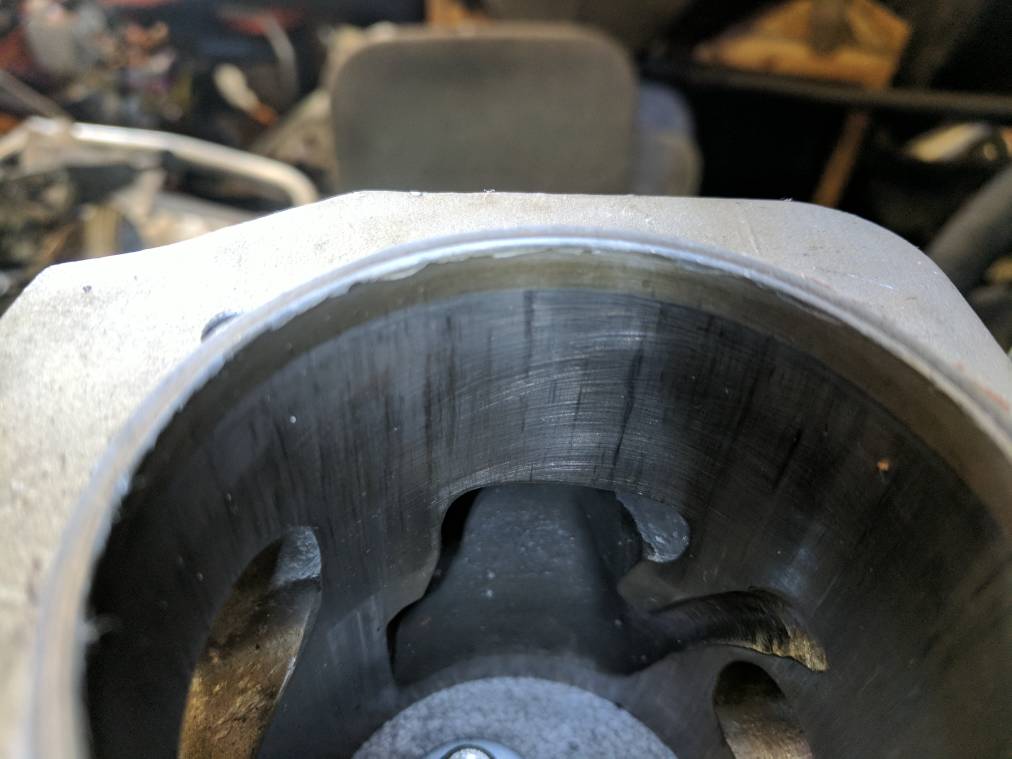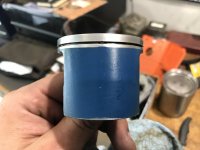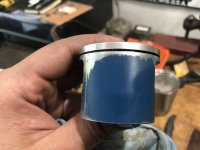I used a bore gauge, and also checked with a caliper. Same reading, I measure the head in 4 places and got the same every time.
The jug varied a few thou
$hit Tom, never seen you post this much and not belittle somebody.
I'm kinda disappointed.

IDK if this is even relevant, but when we were apprentices, they beat into our heads that if it had to be right, or a few thou mattered, use a mic rather than a set of calipers.
I don't know the scale to say how much the dissimilar metals,(which obviously have different thermal growth rates) effect this, but I would think @ 2" & 3mm, this would be a factor.
If we were fooling with a 2" bore coupling, 250 degrees would be all it takes for a slip interference on something that is normally .002" under, & we all know the inside of that cylinder is indeed above 250 degrees during the ignition & burning of mix.
That is with some sort of Carbon Steel.
I think you've got 2 separate, but connected things going on here Deeter.
1. You're piston hadn't been heat cycled enough.
2. The Piston expanded faster than the rest of the cylinder, partially because the head is now acting as an insulator.
I'd wager a head saw, all other things being equal except for the head, will sustain a higher external temperature than a conventional cylinder.
If the external temp is higher, so is the internal. ( you could prove, or disprove this easily buy comparing after you get it put back together, & before port work.)
I know nothing about Head Saws.
This & $2 will get you a cup of truck stop Coffee.











